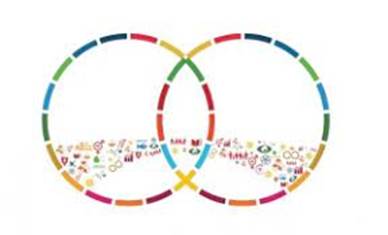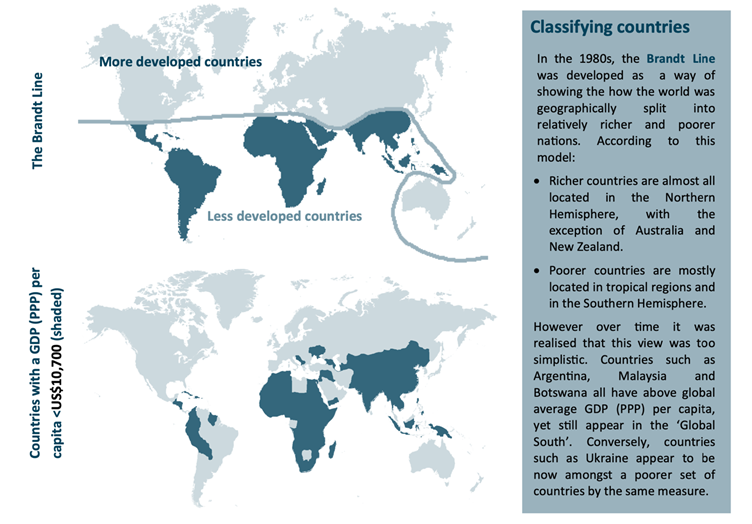Free Courses Sale ends Soon, Get It Now


Free Courses Sale ends Soon, Get It Now



Copyright infringement not intended
Context:
Global North and Global South:

Copyright infringement not intended
What is South-South Cooperation?
What about North-South cooperation and Triangular cooperation?
What is the importance of South-South cooperation?
https://www.pib.gov.in/PressReleasePage.aspx?PRID=1831114
© 2024 iasgyan. All right reserved